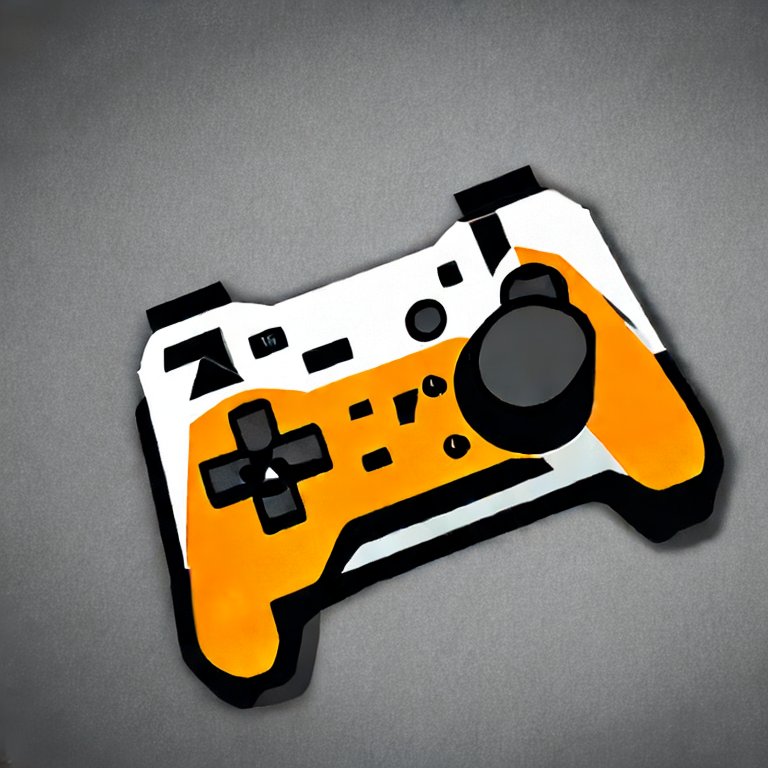old profile: https://lemmy.ml/u/dudewitbow
- 0 Posts
- 202 Comments
yeah this is the circle of ownership because the only way to get your account back at this point is social engineering, which is a serious topic about getting accounts hacked which different companies will handle seriously, as it requires a level of “trust me bro” on identity, If possible, id try to look for a CS that will take receipts of the game purchases to help further prove your identity.

the director himself is usually the one who comes out and explains it and whats happening behind the scenes. Hence when they address it, he will be talking as himself as rather the team in official blogposts. Theyve been litigious against mods early in the year so youd be hard pressed to think they want it there.
generally speaking, most mmo companies have a similar clause and they take mods on a case by case basis. FF14 is the only one that constantly reminds people Moddings Bad Mkay, don’t do it, and actually acts (bans) on it.

as an addenum, if you live by a major university, most universities have a weekly tounament for various games. if you arent up to snuff yet, there will likely also be casual setup, or better, bring your own setup to play casuals on with others. (e.g low effort one would be a pc version of a game running on a laptop for a mobile setup)
dont be intimidated and think you also have to register for the tournament if you arent experienced yet.

its a ton of nomura minigames and disney attractions in combat which draw away from kingdom hearts imo.
i recommend disabling the disney attraction skills because they really detract from the combat
also given how you talked about the games, if you never played any of the other non numbered kingdom hearts games, you might not want to play 3.
EVERY GAME, including the rhythm and mobile games, are canon in Kingdom Hearts.
1 was the start and the only game before 2 was 1 and Chain of memories. 3 in the ideal situation, requires the user to have played like i dont remember, 10 different games.
how i see it, pcgamer sometimes has high effort posts like this and other times has some really low effort posts, sometimes almost cyclical as they often use the same image pool over several topics (e.g its a meme that anything witcher related, pcgamer will use geralt in a tub as a header image)
because of the less serious posts, it kinda blots out the more serious ones.

Nintendo hasn’t really C&D any of the previous decomps. they can for people who upload the whole precompiled executable, but none of them that requires actually ripping the original assets yourself to create the required game.
Animal Crossing is next, as 6 days ago, the gamecube version of the game was decompiled to completion. It’s a extremely big prime candidate for modding IMO.

i think the funniest part is ontop of bad acquisitions, Microsoft was only able to buy blizzard activision partially because sony had a history of making non PlayStation versions of games inferior to the PlayStation version.
had Sony actually played fair ball, none of this would have probably happened.

less that there was a time limit, but it was a project that was worked on for a long time, and had on and off discussions throughout the development cycle of the game
Someone “hacking” files or systems doesn’t always mean what you think it does. Naughty Dog “hacked” PS1 to create crash bandicoot. Just means they gained knowledge in how the hardware works. Not that their game only works on “hacked” hardware.
they point out theirselves in August 2021, that they were using a solutionthat breaks Valves TOS before later replacing it later in 2022. Its evidence that there was on and off times where what theyre doing was skirting what valve says was okay.
So until I hear anything from valve. I’m inclined to believe the mod team. Based on valves previous interactions with their community.
you believe the mod team despite there are other games who have successfully worked with valve and actually have fully recreated the entire game they made and actively sell on their storefront for actual money?
again im not saying valve are in the clear, but the devs clearly says it so themselves they have throughout the process, broke the TOS and you’re still inclined to believe that theyre not hiding anything else? I don’t see it as a black and white issue, rather a situation that I can’t trust anyone because only one side of the story has been said, by a side that doesn’t necessarily have the cleanest history.

why didn’t they shut it down in January then. there’s WAY more to the story than this. They gave the dev 8 years to develop this. and Valve already has a historical track record of letting other devs work on their IP (Nvidia making RTX remasters of valve games, Valve LITERALLY letting the Black Mesa devs basically sell half life 1 remastered on THEIR STOREFRONT.). You cannot absolutely trust the devs words either entirely. the fact that there are other users who believe the story of the hacky work around even when the announcements in other pages can only exist if theres a shred of truth in it, or you think valve is legitmately having a disinformation campaign, because these users have nothing to gain from for a free mod being canceled.
I’m not remotely saying valve is a good person in this situation, but you’re giving the devs way more leniency than they currently deserve. Reminder back in 2022, the devs were given essentially access to the source engine code, and already had the decision back then knowing that their only two options for their project (at least in the way they were designing the mod) was to either do a hacky method, or cancel the game(their own words). the game wasnt canceled till 2024, so you can put 2 and 2 together to know what they ended up deciding in 2022

is an example
a source twitter for some info
https://twitter.com/ZooL_Smith/status/1878385881649725760
its hard to get a whole story, because valve hasnt really had full public discussion on their side, and of course the developers side story would be biased, especially hard to trust after public meltdown

is it a lame decision? valve was okay with the project, until the devs used a method in the closed source part of source to do something. Valve then asked them to not do that, so the dev then implemented an even worse method than the first, which Valve than C&D altogether.
valve had 0 problems with the project, other than a very specific implementation they did with source engine, was asked to fix it, but chose not to do it.

did you even watch the GN video lol these are numbers straight from hyte

gacha have element of chance, but usually speaking, gacha especially in asian games tend to also be tied to some form of power and is not purely cosmetic.
ao its not just purely, i want this character/costume/weapon because it looks cool, but theyres stats attached to it.
western game loot boxes generally sit more often as coametic, so the desire to pay isnt as bad (but can still be bad) but of course this doesnt apply to all western games either. an example of gacha based power is ultimate teams for sports games, which its gacha has players stats tied to them for team building.
gacha and loot boxes are fundamentally the same, but connotatively, gacha usually implies power and lootbox implies cosmetics, but technically not incorrect to use it either way.
if you want a dumb comparison, gacha is seen like trading card games, where power of the card also has value.
lootbox is sorta like sports cards where its collective in nature and really is about rarity/how the card looks

outside of the official service, there is actually one other feature that people forget exists, and would be relevent to the resell of the key.
updating by local user (no not the recently announced game sharing stuff, but the ability to update a game via just being near a device with the update)
edit: of course, this will only work if nintendo okays the transfer of the BASE game instalation as well. time will tell if its possible or not, as its a situation thats functionalyl hard to test.

its worse than comparing it to physical media that has all content on media, but better than display boxes that only has a digital code in it.
digital key carts are more replacing the latter (which is better) but there will definitely be a few devs who will opt out of physical media storage costs for the key card

besides the lower bar of entry due to being free, Midias research has shown that the younger generation prefers online multiplayer, and as you grow older, you start to favor single player games more.

the bigger wall with switch emulation on android is that mobile companies are terrible at writing gpu drivers when compared to conventional desktop/laptop graphics vendors. its why for example the older snapdragon gen 2/3 outperform their newer snapdragon elite counterparts in emulation.
theres significantly more setup time on mobile because some of the jank doesnt “just work”